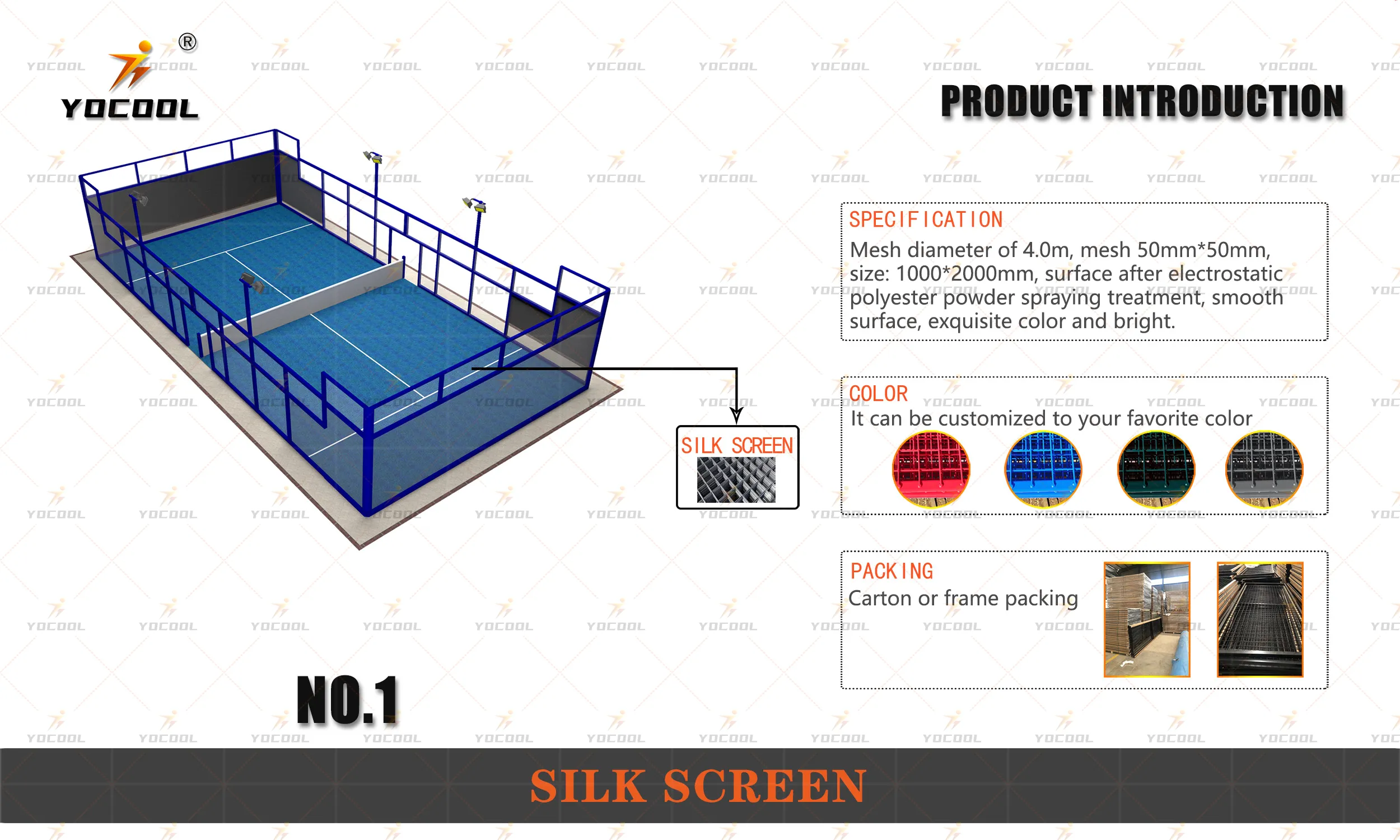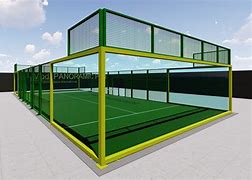Paddle tennis has rapidly gained popularity as an engaging and accessible sport for all ages. It combines elements of traditional tennis and squash, offering a unique playing experience. For those looking to construct a paddle tennis court or enhance their facility, having the right insights into court design, regulations, and materials is crucial for maximizing both player experience and court longevity.

Constructing a paddle tennis court involves understanding precise measurements and materials. Standard paddle tennis courts are smaller than traditional tennis courts, measuring 20x44 feet, with a net height of slightly over 31 inches in the center. This compact size makes the sport particularly appealing for urban areas where space is at a premium. High-quality materials for the court surface can significantly impact playability and maintenance needs. Acrylic coatings over concrete are commonly used, offering a perfect blend of durability and smooth play surface while requiring minimal maintenance, thus ensuring longevity and consistent quality of play.
Paying attention to the nuances of court fencing is equally important. Courts must be surrounded by wire mesh fencing approximately 9 feet high, ensuring the ball stays within bounds while providing excellent visibility for spectators. Opting for galvanized steel for the fencing can prevent rust and withstand various weather conditions, cementing the court's long-term upkeep.

Lighting is another critical factor that significantly enhances playability. Properly designed lighting systems enable games to extend into the nighttime, thus optimizing court usage. LED floodlights are the preferred choice for their energy efficiency and ability to provide uniform light coverage without glare, ensuring players are not hampered by poor visibility during a match.
Expert recommendations suggest integrating advanced drainage solutions, particularly for outdoor courts. An efficient drainage system prevents water accumulation, which can lead to surface damage and unsafe playing conditions. Strategic slope design and well-placed drains ensure rapid water evacuation, preserving the court's integrity and surface texture.
paddle tennis court
Safety considerations are paramount. Incorporating cushioned surfaces can reduce impact stress during gameplay, minimizing injury risks. Moreover, adherence to international safety standards in court design assures players of a secure playing environment, fostering trust and reliability.
For facility managers aiming to attract players and tournaments, providing additional amenities can create an appealing edge. Comfortable seating for spectators, sheltered resting areas, and locker room facilities contribute to an enhanced overall experience, encouraging repeat visits.
Professionally managed maintenance programs are essential to preserve court quality over time. Regular checks for surface wear, lighting functionality, and fence stability, paired with prompt repairs, prevent minor issues from escalating into costly problems. Hosting professional and amateur tournaments can further establish the venue's reputation as a top-tier paddle tennis destination.
In summary, building a paddle tennis court goes beyond just erecting playing surfaces and nets. It involves meticulous planning, quality materials, and expert construction practices to offer an exemplary sporting experience. For those dedicated to offering premium paddle tennis facilities, investing in these elements assures a space that players respect and frequent, thereby establishing credibility and authority in the sporting community.



